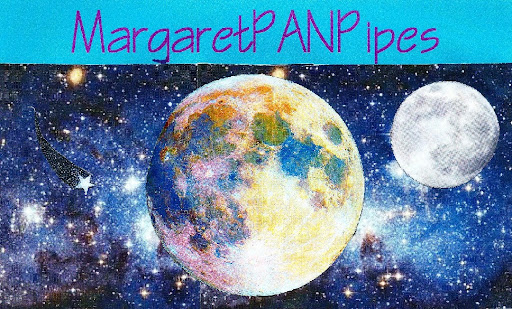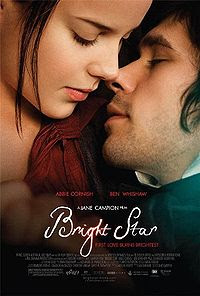Monday, July 16, 2012
the glory that was Greece and the grandeur that was Rome - discovered in Charleston, SC
Spending a week in Charleston, SC, gave me a glimpse into the treasure troves emulating European art and beauty, in turn antecedents to the antiquities borrowed from the ancient Romans and Greeks.
The Aiken-Rhett house borrowed the Italianate idea of greeting guests on one’s piazza. It provides a music room with a square grand piano and a harp. One’s sensibility could also be piqued by the Art Gallery: objet’s d’art bought in Europe. This female sculpture is a Renaissance figure of the young, sensuous Mary Magdalene, her hand on a Bible.
Another Italian Renaissance man, Galileo, brought the astronomy of the spherical/elliptical galaxies into mainstream architecture. The Nathaniel Russell House, built in 1808, sports this elliptical three-story galaxy-staircase.
Although we think of stained glass as the discovery of Tiffany in New York, it actually appeared first in ancient Egypt, Rome, and Greece. The Wentworth Mansion with its elegant stained glass windows throughout exemplifies the glamour of the Gilded Age.
This unmarked gothic cathedral could have been Notre Dame de Paris herself, but actually the closest church in Charleston to which I could compare it was the Cathedral of St. John the Baptist in the historic district. Charleston holds a plethora of houses of worship, from the French Huguenot to the Scottish Presbyterian to the Gullah spiritual.
The gardens of Charleston are small yet intricate. There is often a little statue representing water. I remember seeing Poseidon carrying his trident. This photo shows a young boy being carried through the water on the back of a young girl. The photo that follows is a close-up of the fountain.
This young muscular Atlas carries the world on his shoulders.
And sweeps of trained foliage everywhere!
Subscribe to:
Posts (Atom)



















































